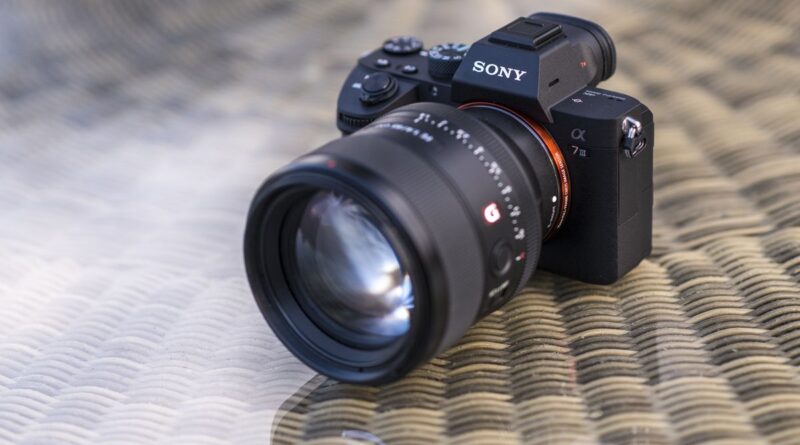Mirrorless cameras have revolutionised the world of photography, offering a more compact and lightweight alternative to traditional DSLRs. With their sleek design and advanced technology, mirrorless cameras have become a popular choice among both amateur and professional photographers. Unlike DSLRs, mirrorless cameras do not have a mirror mechanism, hence the name. Instead, they rely on electronic viewfinders and image sensors to capture stunning visuals. This article explores the benefits of mirrorless cameras over DSLRs and delves into the significance of camera sensors in photography.
Benefits of Mirrorless Cameras over DSLRs
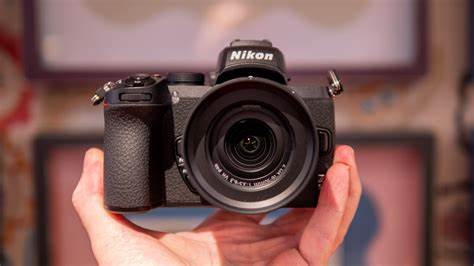
source: pinterest.com
Mirrorless cameras offer several advantages over their DSLR counterparts. Firstly, their compact size and lightweight nature make them highly portable, allowing photographers to carry them on their adventures without feeling burdened. This makes mirrorless cameras ideal for travel, street, and documentary photography, where mobility is essential. Additionally, the absence of a mirror mechanism eliminates the vibrations caused by mirror slap in DSLRs, resulting in sharper images and reducing the risk of camera shake.
Secondly, mirrorless cameras provide real-time preview through electronic viewfinders (EVF), allowing photographers to see the exact exposure and white balance before capturing an image. This feature is particularly beneficial in challenging lighting conditions, as it helps photographers make precise adjustments without relying on trial and error. Moreover, mirrorless cameras, such as the Sony A7R V, often come equipped with advanced autofocus systems, enabling faster and more accurate focusing, especially when shooting moving subjects.
Lastly, mirrorless cameras offer seamless integration with video recording. With the rise of vlogging and content creation, many photographers are now exploring the world of videography. Mirrorless cameras excel in this area, offering high-quality video capabilities, including 4K resolution and advanced video autofocus. This versatility makes them a valuable tool for photographers looking to expand their creative horizons.
Understanding Camera Sensors and their Importance in Photography
Camera sensors play a crucial role in capturing stunning visuals. They are responsible for converting light into digital information, which ultimately forms the image. The size and quality of the sensor greatly impact the image quality, dynamic range, low-light performance, and overall versatility of a camera.
Camera sensors consist of millions of photosites, also known as pixels, which capture light during an exposure. These pixels are arranged in a grid pattern and come in different sizes, depending on the type of sensor. The larger the individual pixel, the more light it can capture, resulting in better image quality, especially in low-light situations.
Another important aspect of camera sensors is their resolution, which represents the number of pixels in the sensor. Higher resolution sensors allow for more detailed images, which can be especially beneficial when capturing landscapes or when printing large format photographs. However, it’s important to note that higher resolution sensors may also produce larger file sizes, requiring more storage space and processing power.
Different Types of Camera Sensors
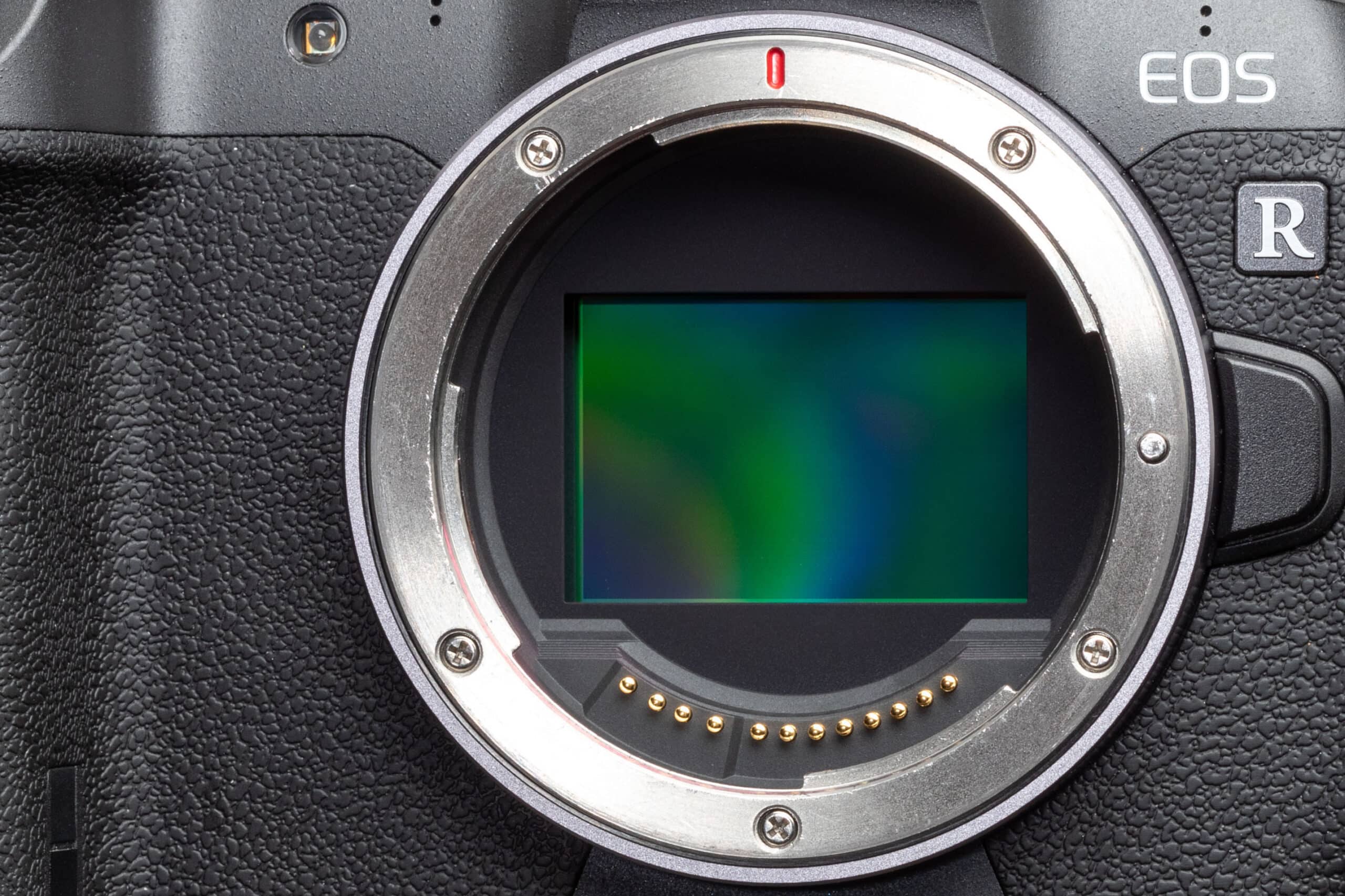
source: pinterest.com
There are various types of camera sensors available in the market, each with its own strengths and characteristics. The two most common sensor types are full frame and crop frame sensors.
Full frame sensors, as the name suggests, are the same size as traditional 35mm film, offering a wider field of view and better low-light performance. They capture a larger amount of light, resulting in higher dynamic range and greater image detail. Full frame mirrorless cameras have gained popularity among professional photographers due to their exceptional image quality and versatility.
On the other hand, crop frame sensors, also known as APS-C sensors, are smaller in size and offer a narrower field of view. They are commonly found in entry-level and mid-range mirrorless cameras. While crop frame sensors may not match the image quality of full frame sensors, they are still capable of producing exceptional results, especially when combined with high-quality lenses.
Full Frame Mirrorless Cameras and their Advantages
Full frame mirrorless cameras combine the benefits of both mirrorless technology and full frame sensors, offering photographers the best of both worlds. These cameras provide the advantages of mirrorless systems, such as compactness and advanced features, while delivering the superior image quality associated with full frame sensors.
The larger sensor size of full frame cameras allows for better control over depth of field, resulting in beautifully blurred backgrounds and enhanced subject separation. Additionally, full frame sensors capture more light, producing images with lower noise levels and greater dynamic range. This is particularly advantageous in challenging lighting conditions or when shooting high-contrast scenes.
Moreover, full frame mirrorless cameras often boast advanced features such as in-body image stabilisation (IBIS), high-speed continuous shooting, and improved low-light autofocus performance. These features, combined with the exceptional image quality, make full frame mirrorless cameras a top choice for professional photographers who require utmost precision and creative control.
How Sensor Technology Contributes to Stunning Visuals in Photography
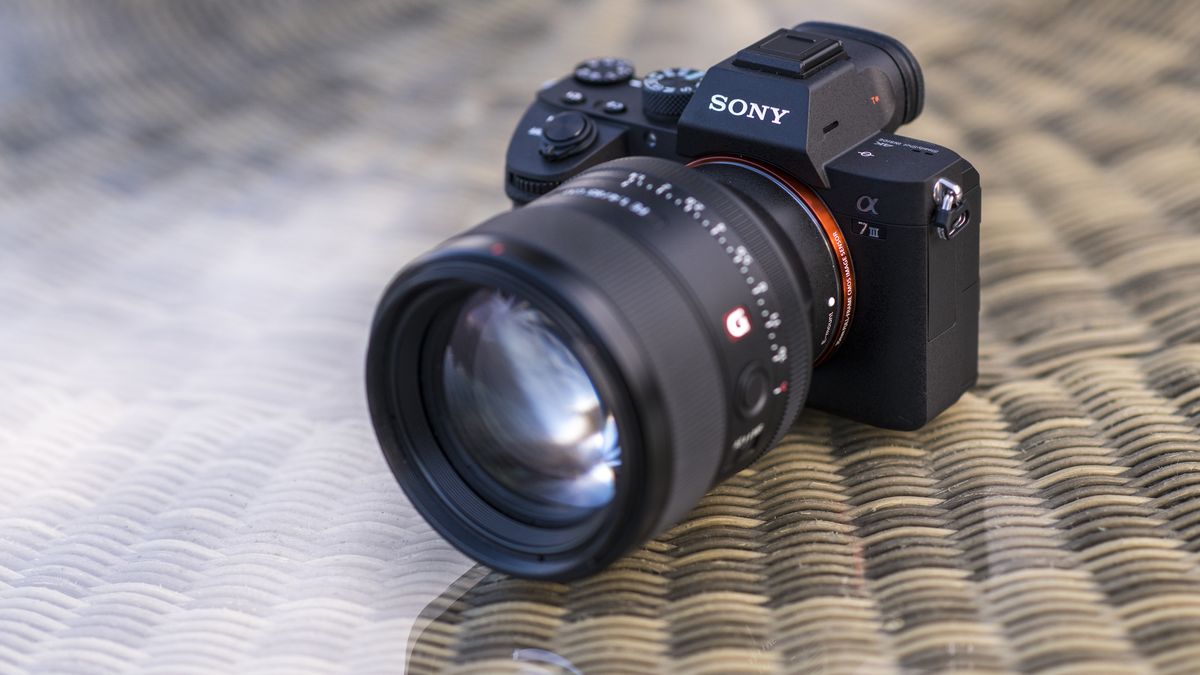
source: pinterest.com
Sensor technology plays a crucial role in capturing stunning visuals in photography. As technology advances, sensors are becoming more sophisticated and capable of delivering exceptional image quality. Here are a few ways in which sensor technology contributes to stunning visuals:
- Improved Low-Light Performance: Modern sensors employ advanced noise reduction algorithms and larger pixel sizes to capture more light in low-light situations. This results in cleaner and more detailed images, even when shooting in challenging lighting conditions.
- Higher Dynamic Range: Dynamic range refers to the ability of a camera sensor to capture a wide range of tones, from the darkest shadows to the brightest highlights. Sensors with higher dynamic range produce images with better tonal gradation and detail in both shadows and highlights, allowing photographers to capture scenes with a greater tonal range.
- Enhanced Colour Accuracy: Sensor technology advancements have led to improved colour reproduction and accuracy. This ensures that the images captured are faithful to the original scene, with vibrant and true-to-life colours.
- Faster Autofocus and Tracking: Sensor technology directly influences the autofocus capabilities of a camera. Advanced sensors with improved phase-detection autofocus (PDAF) systems allow for faster and more accurate focusing, especially when capturing moving subjects. This is particularly beneficial in sports, wildlife, and action photography.
- Higher Resolution: Higher resolution sensors enable photographers to capture images with more detail, allowing for greater flexibility in post-processing and printing. This is particularly useful for photographers who require large prints or wish to crop their images without sacrificing quality.
Conclusion: Embracing the Future of Photography with Mirrorless Cameras and Advanced Sensor Technology
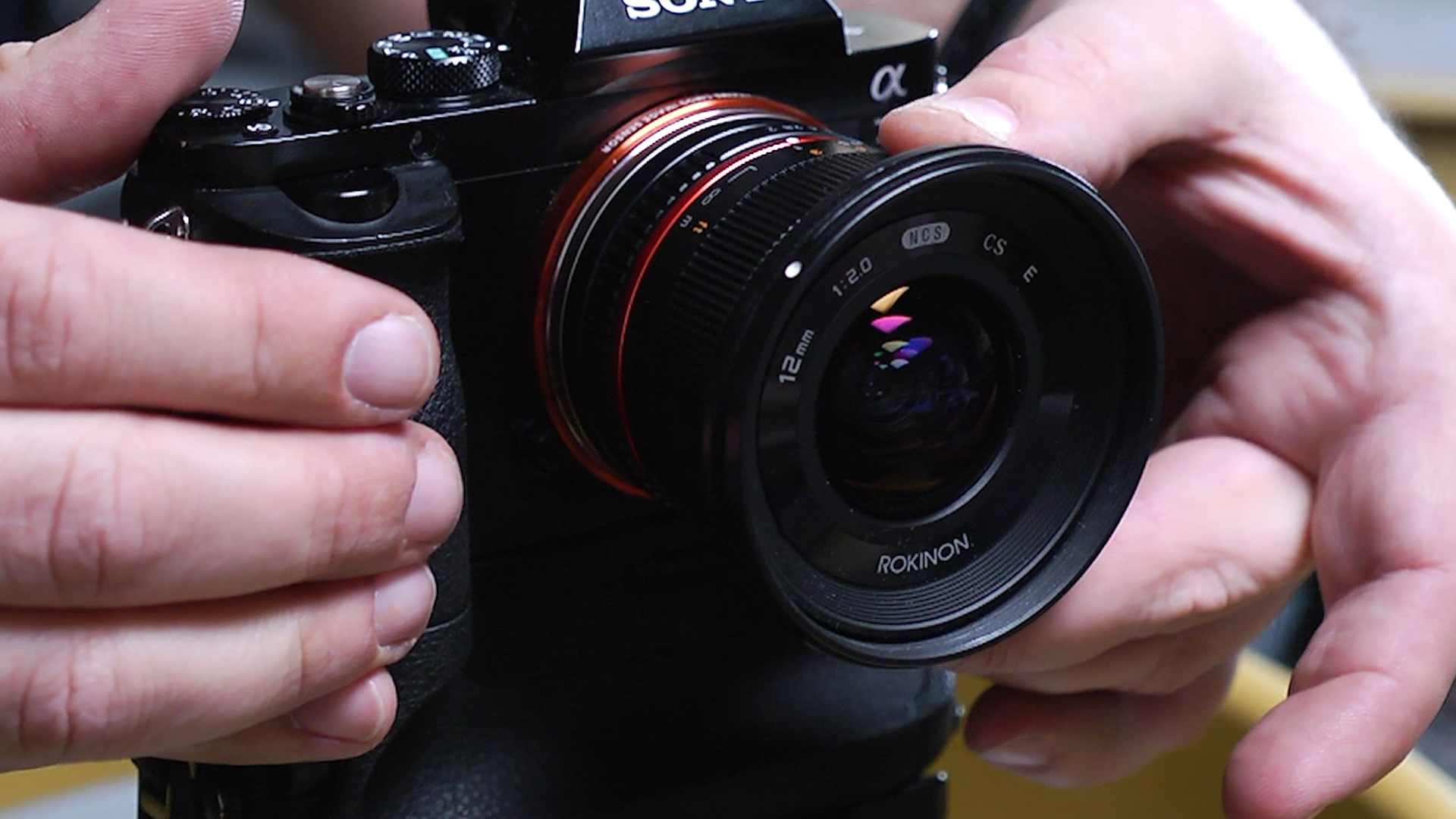
source: pinterest.com
Mirrorless cameras and advanced sensor technology have opened up new possibilities in the world of photography. With their compact size, advanced features, and exceptional image quality, mirrorless cameras are rapidly gaining popularity among photographers of all levels. The combination of mirrorless technology and full frame sensors provides photographers with the ultimate tool to capture stunning visuals.
As sensor technology continues to advance, we can expect even more remarkable improvements in image quality, low-light performance, and autofocus capabilities. By embracing mirrorless cameras and staying up-to-date with the latest sensor technology, photographers can unlock their creative potential and capture breathtaking images that truly stand out.
So, whether you’re a professional photographer looking to upgrade your gear or an enthusiast wanting to take your photography to the next level, consider the world of mirrorless cameras and sensor technology. Embrace the future of photography and embark on a journey of capturing stunning visuals that leave a lasting impression.

